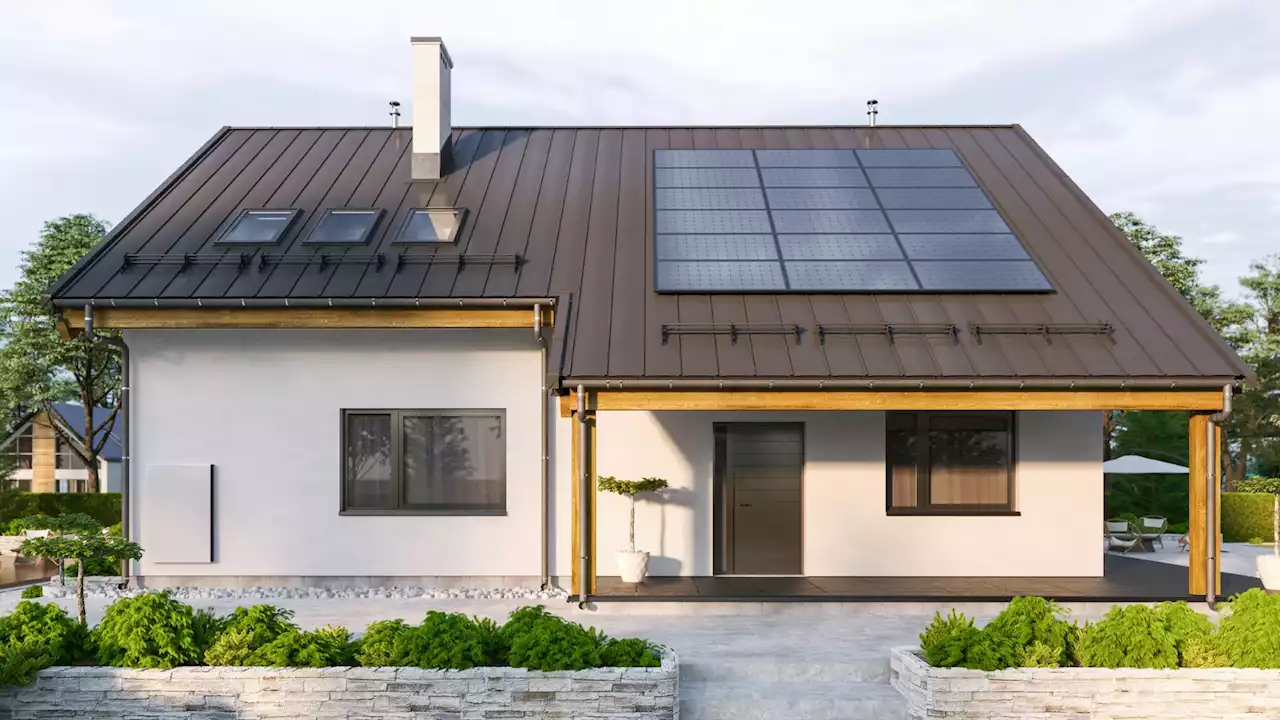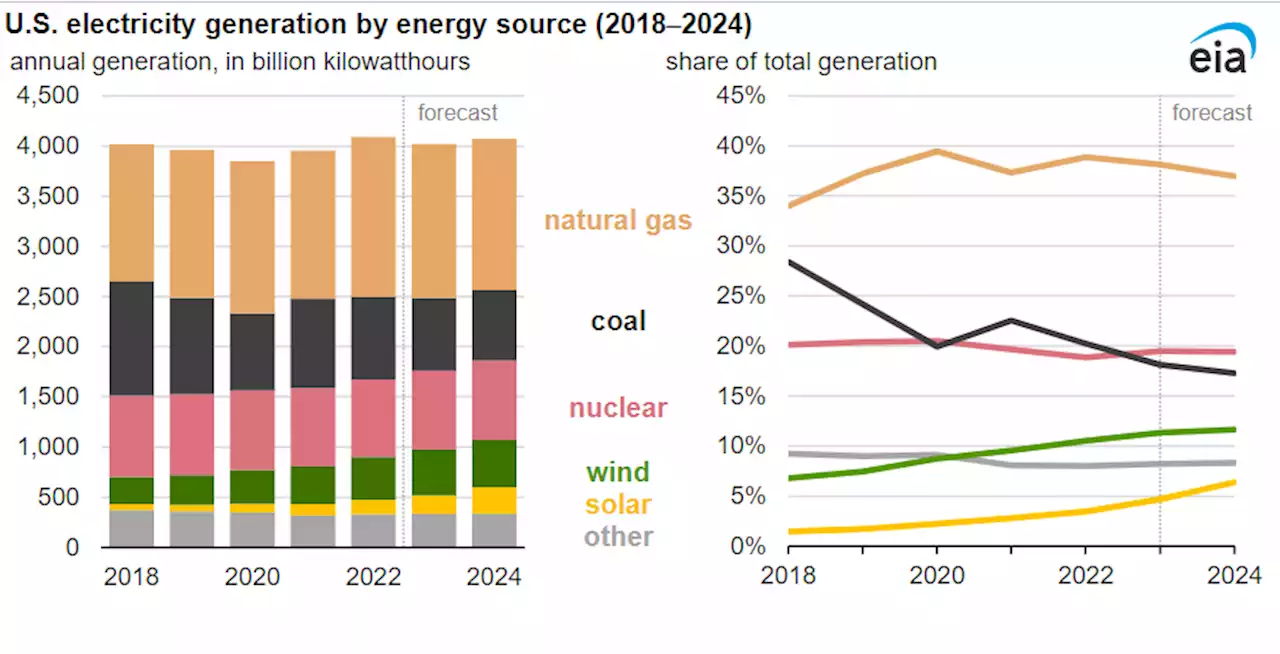A team of researchers has developed a new technique for producing ultrathin and lightweight solar cells that can be seamlessly integrated into any surface. Massachusetts Institute of Technology (MIT) engineers have created new ultralight fabric solar cells, which can transform any surface into a
The thin-film solar cells weigh about 100 times less than conventional solar cells while generating about 18 times more power-per-kilogram. Credit: Melanie Gonick, MIT
Because they are so thin and lightweight, these solar cells can be laminated onto many different surfaces. For instance, they could be integrated onto the sails of a boat to provide power while at sea, adhered onto tents and tarps that are deployed in disaster recovery operations, or applied onto the wings of drones to extend their flying range. This lightweight solar technology can be easily integrated into built environments with minimal installation needs.
Six years ago, the ONE Lab team produced solar cells using an emerging class of thin-film materials that were so lightweight they could sit on top of a soap bubble. But these ultrathin solar cells were fabricated using complex, vacuum-based processes, which can be expensive and challenging to scale up.
The researchers can then peel the printed module, which is about 15 microns in thickness, off the plastic substrate, forming an ultralight solar device. “While it might appear simpler to just print the solar cells directly on the fabric, this would limit the selection of possible fabrics or other receiving surfaces to the ones that are chemically and thermally compatible with all the processing steps needed to make the devices. Our approach decouples the solar cell manufacturing from its final integration,” Saravanapavanantham explains.
While their solar cells are far lighter and much more flexible than traditional cells, they would need to be encased in another material to protect them from the environment. The carbon-based organic material used to make the cells could be modified by interacting with moisture and oxygen in the air, which could deteriorate their performance.
Brasil Últimas Notícias, Brasil Manchetes
Similar News:Você também pode ler notícias semelhantes a esta que coletamos de outras fontes de notícias.
 How to make your home solar system smarter and reduce power billsFollow these steps to make your home solar system smarter and reduce power bills.
How to make your home solar system smarter and reduce power billsFollow these steps to make your home solar system smarter and reduce power bills.
Consulte Mais informação »
 Increasing Renewables Likely To Reduce Coal & Natural Gas Generation Over Next Two YearsIncreased US power generation from new renewables capacity -- mostly wind and solar -- will reduce generation from both coal-fired and natural gas-fired power plants in 2023 and 2024.
Increasing Renewables Likely To Reduce Coal & Natural Gas Generation Over Next Two YearsIncreased US power generation from new renewables capacity -- mostly wind and solar -- will reduce generation from both coal-fired and natural gas-fired power plants in 2023 and 2024.
Consulte Mais informação »
 What Next: TBD | Tech, power, and the futureEvery Friday, Slate’s popular daily news podcast What Next brings you TBD, a clear-eyed look into the future. From fake news to fake meat, algorithms to augmented reality, Lizzie O’Leary is your guide to the tech industry and the world it’s creating for us to live in.
What Next: TBD | Tech, power, and the futureEvery Friday, Slate’s popular daily news podcast What Next brings you TBD, a clear-eyed look into the future. From fake news to fake meat, algorithms to augmented reality, Lizzie O’Leary is your guide to the tech industry and the world it’s creating for us to live in.
Consulte Mais informação »
 South Africa Seeks State Power Chief After CEO Says He Was PoisonedEskom is buckling under debt and an aging coal-powered fleet, and its departing chief says criminal networks, corruption and government divisions thwarted his efforts.
South Africa Seeks State Power Chief After CEO Says He Was PoisonedEskom is buckling under debt and an aging coal-powered fleet, and its departing chief says criminal networks, corruption and government divisions thwarted his efforts.
Consulte Mais informação »
 Boruto Hints At Himawari's Hidden PowerBoruto might be hinting that Himawari has a hidden power, which is the least of Konoha's concerns!
Boruto Hints At Himawari's Hidden PowerBoruto might be hinting that Himawari has a hidden power, which is the least of Konoha's concerns!
Consulte Mais informação »
 GOP investigations of Biden to test Chairman Comer’s powerComer, the grandson of rural Kentucky political leaders, will lead a committee whose members are among the most hard-line conservatives in Congress. Some have introduced articles of impeachment against Biden and pledged far-reaching investigations.
GOP investigations of Biden to test Chairman Comer’s powerComer, the grandson of rural Kentucky political leaders, will lead a committee whose members are among the most hard-line conservatives in Congress. Some have introduced articles of impeachment against Biden and pledged far-reaching investigations.
Consulte Mais informação »
